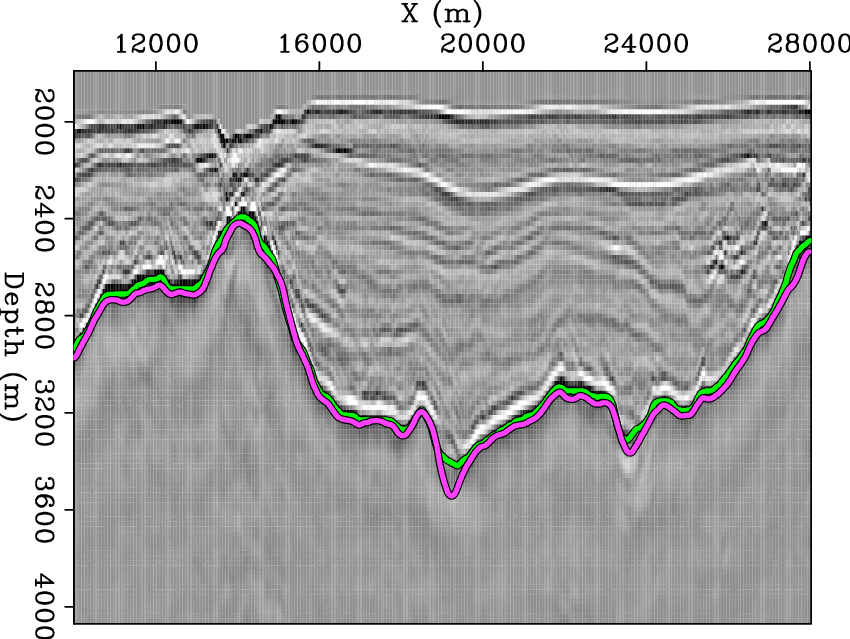|
|
|
|
A new method for more efficient seismic image segmentation |

|
|---|
|
uno-segcomp
Figure 9. Comparison of the boundaries obtained using the NCIS eigenvector method (green) and the pairwise region comparison method (pink). |
|
|
|
|
|
|
A new method for more efficient seismic image segmentation |